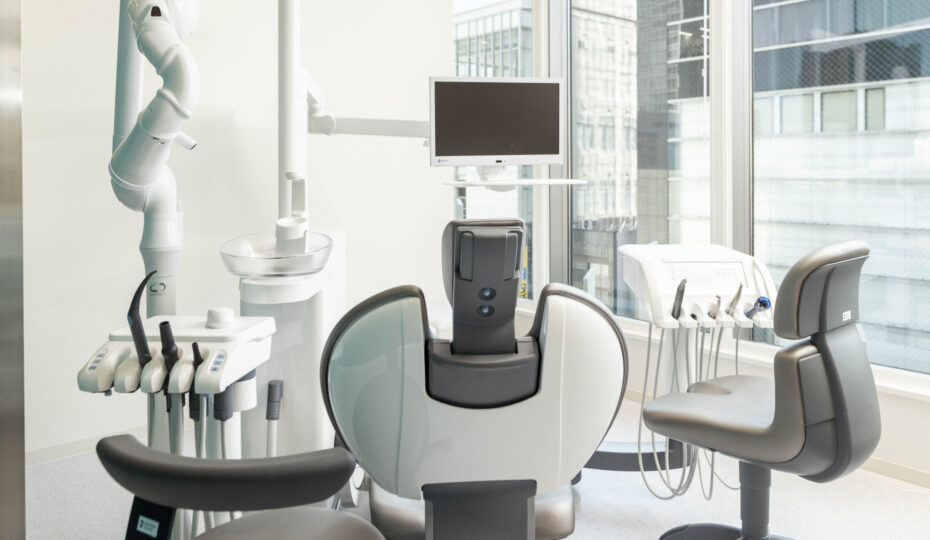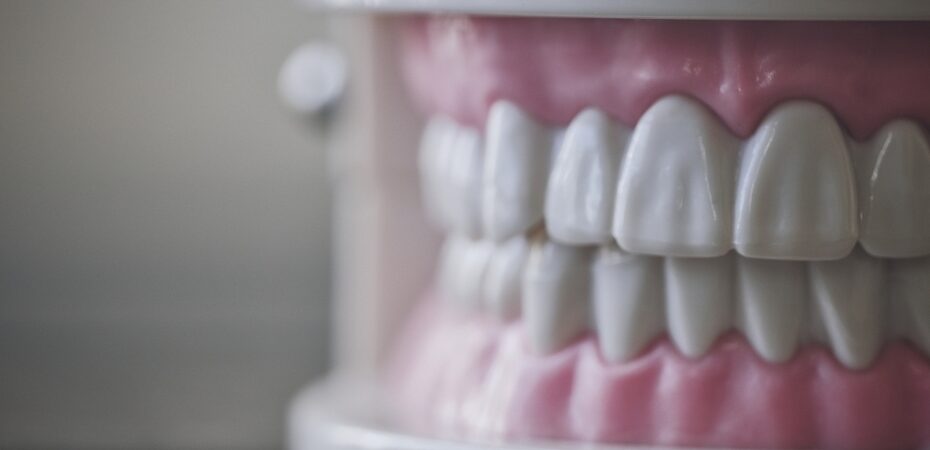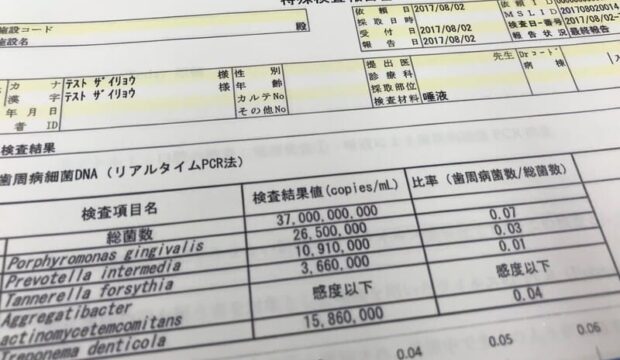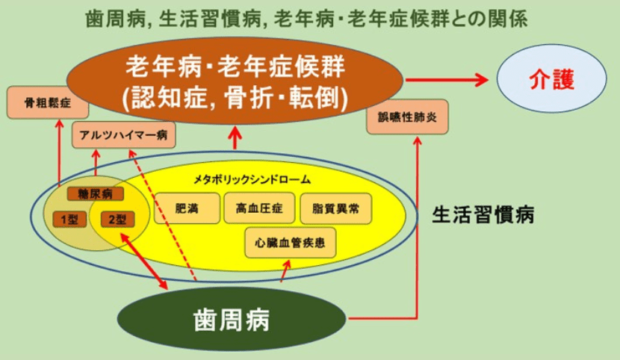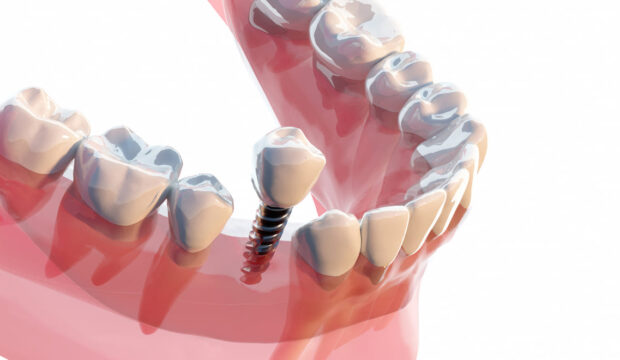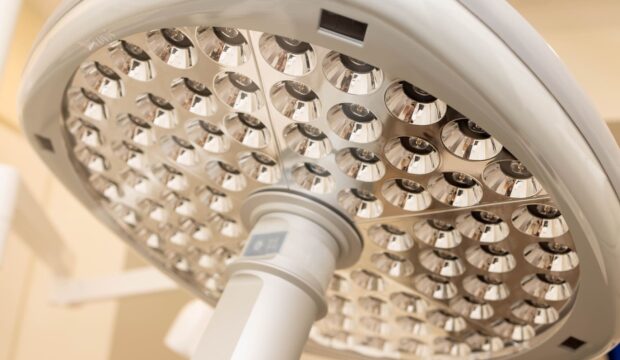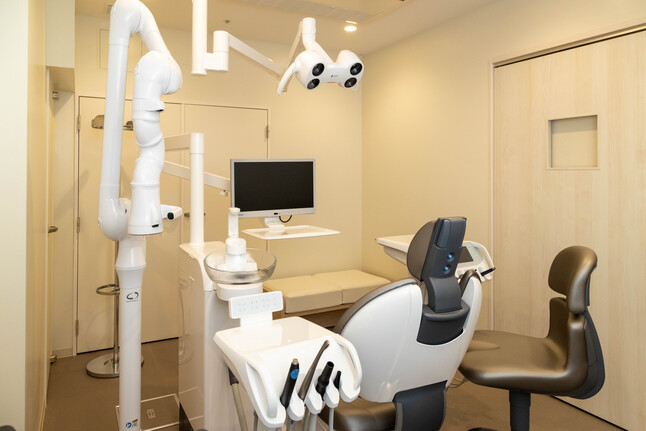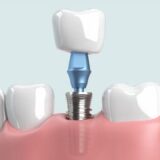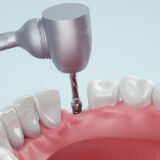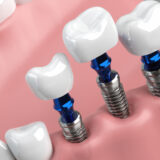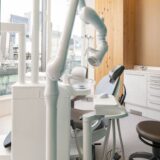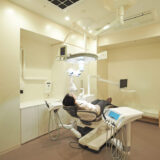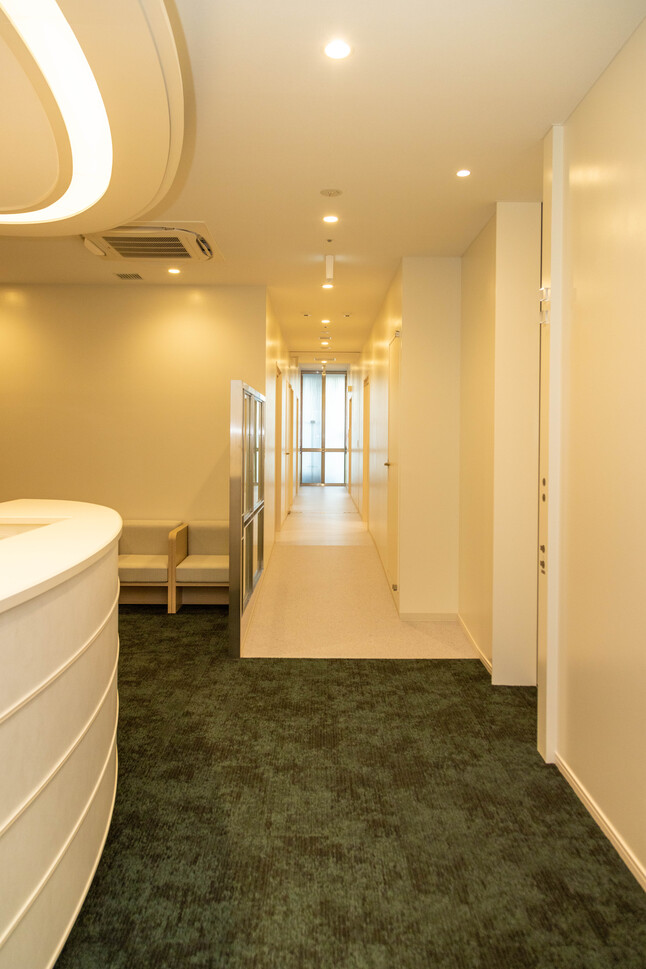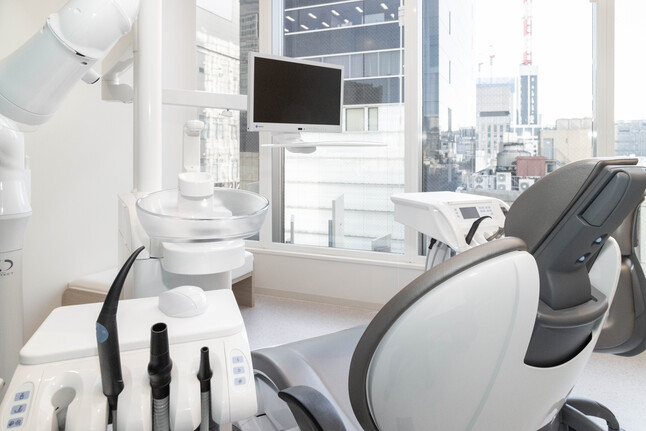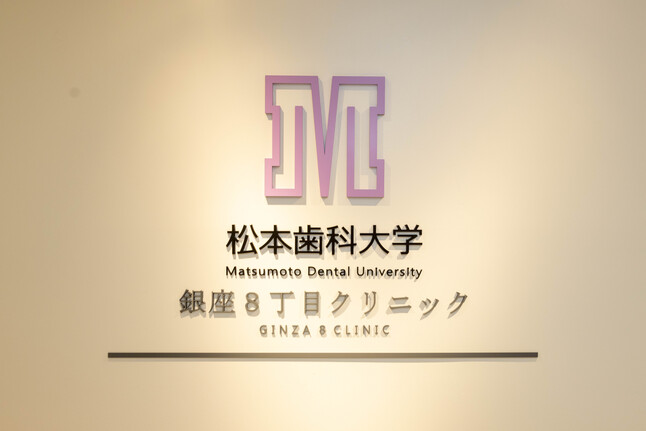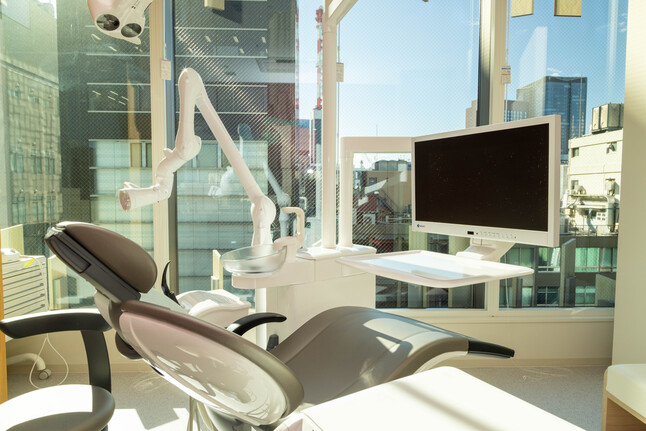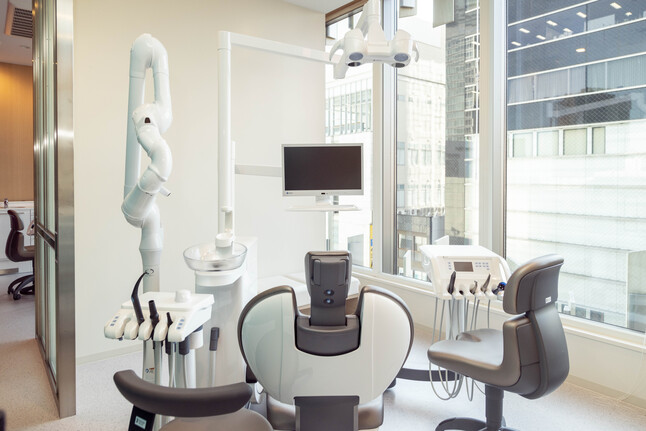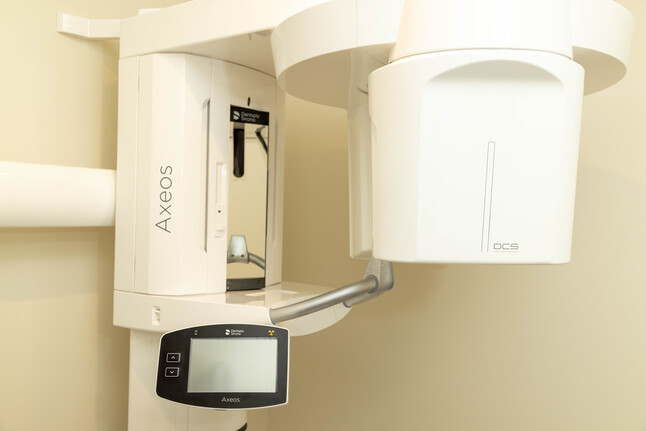Salivary Bacterial PCR Test for Periodontal Disease
In recent years, the DNA-PCR (Polymerase Chain Reaction) test developed by American biochemists in 1983 has been integrated into the field of dentistry.
This advancement allows for the assessment of the proportion and severity of periodontal pathogenic bacteria by simply collecting saliva.
While health check-ups assess overall health status through blood and urine tests, it has become evident that saliva contains information comparable to that found in blood.
As the aging population increases, the number of periodontal disease patients is also on the rise.
Additionally, periodontal disease has been reported to be linked to conditions such as “diabetes,” “low birth weight,” and “arterial sclerosis leading to myocardial infarction and cerebral infarction.”
In the context of advancing aging, managing periodontal disease is essential for maintaining overall health.
Pathogenic bacteria causing periodontal disease mainly comprise five types: specifically, Porphyromonas gingivalis (P.g bacteria), Prevotella intermedia (P.i bacteria), Tannerella forsythia (T.f bacteria), Treponema denticola (T.d bacteria), and Aggregatibacter actinomycetemcomitans (A.a bacteria). However, the presence of these bacteria in the oral cavity does not necessarily indicate the progression of disease.
The issue lies in the “quantity of bacteria in saliva.”
If the criteria are exceeded for any of them, it is diagnosed as a mild-to-moderate state of periodontal disease, indicating either an ongoing infection or disease progression nearing an advanced stage.
This also applies to implant cases, where the same principles as natural teeth apply.
Inflammation may occur due to the proliferation of pathogenic bacteria in the gap between the implant and the surrounding mucosa, leading to peri-implantitis, where bone around the implant dissolves.
The bacterial flora detected from peri-implantitis is similar to periodontal disease and has been reported to negatively impact the survival rate of implants.
Therefore, it is crucial to quantitatively assess pathogenic bacteria when recommending implant treatment.
We conduct PCR tests that differentiate the severity of periodontal disease based on the distribution of the P. gingivalis fimA gene, and we have performed over 1000 tests on patients to date.
Multiple PCR tests are conducted throughout the course of periodontal disease treatment.
By comparing the initial test results with subsequent ones, we determine the effectiveness of treatment, enhancing the quality of care and providing stable support to maintain oral health.



